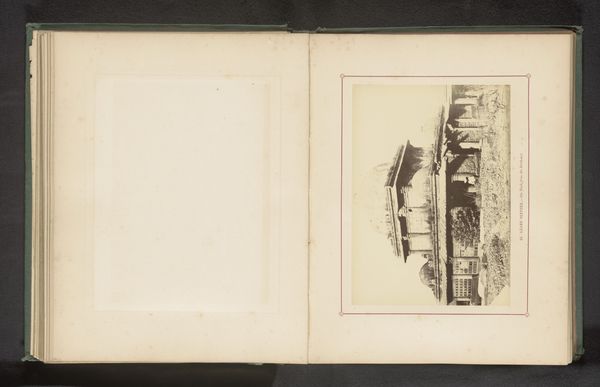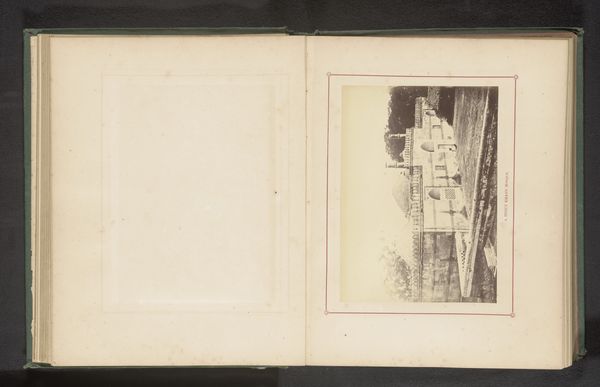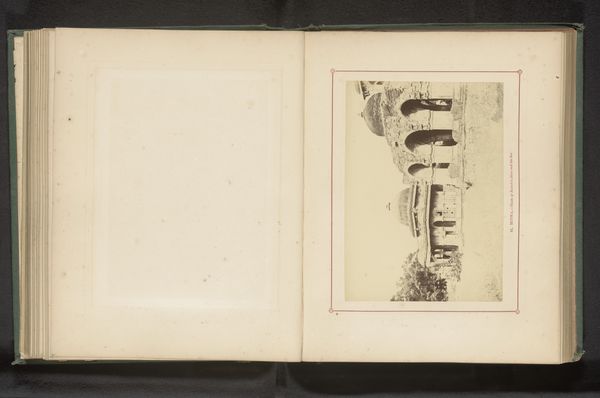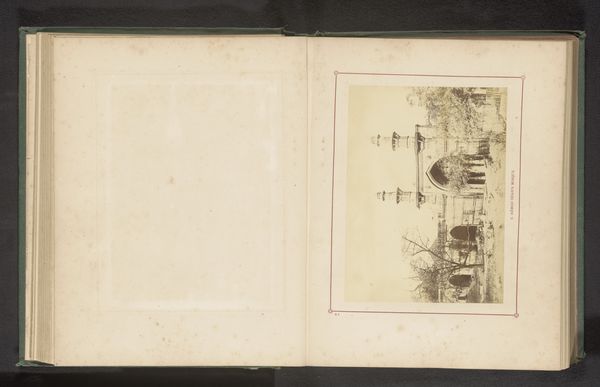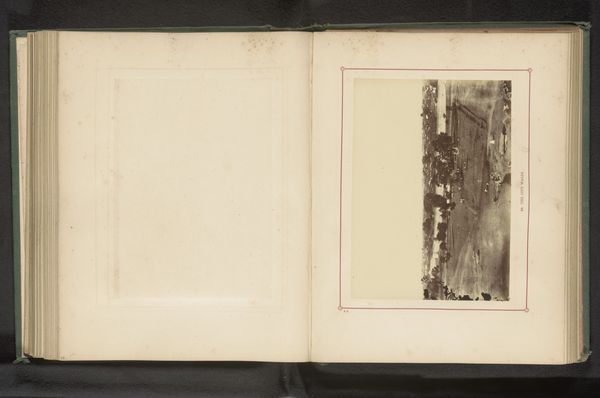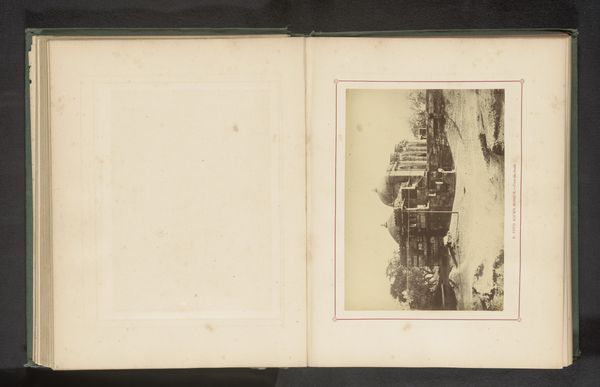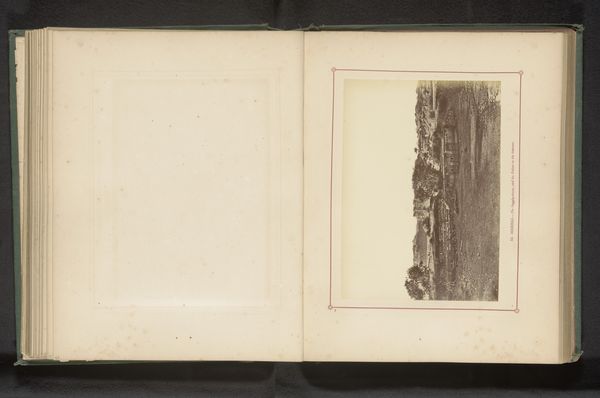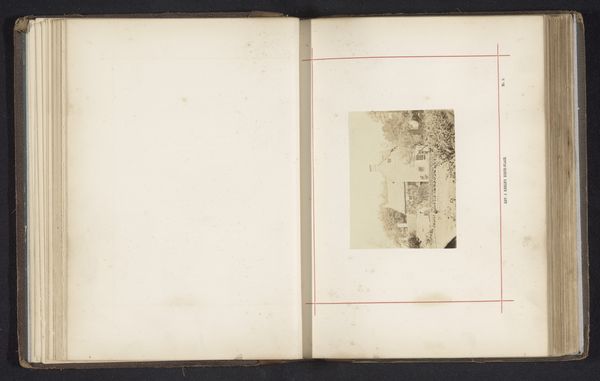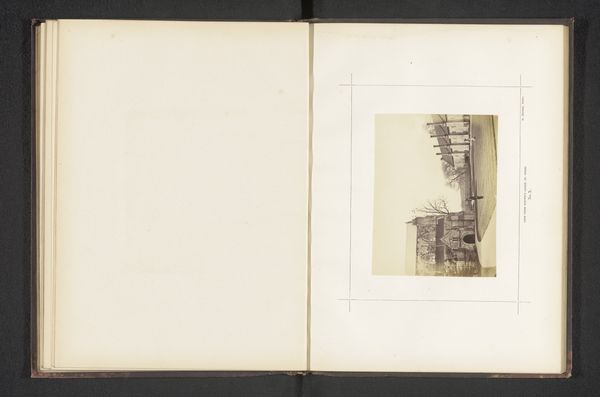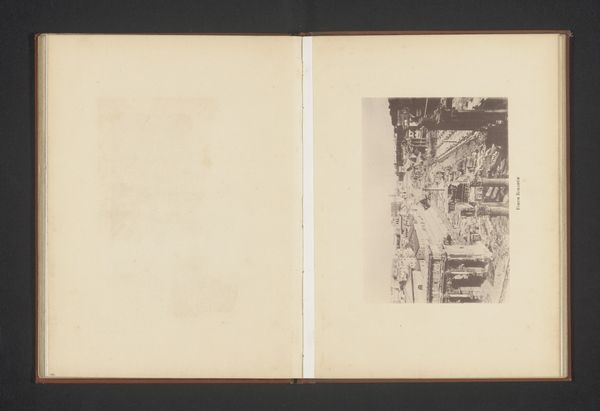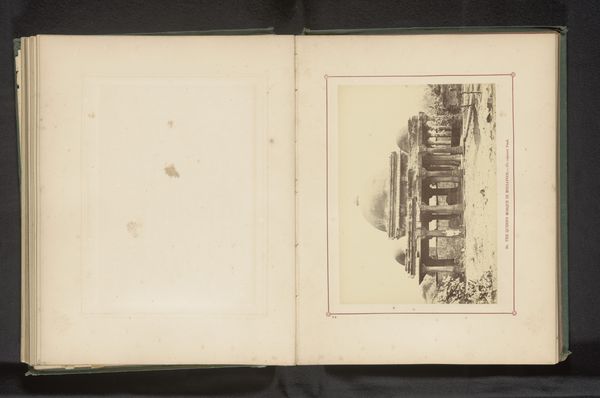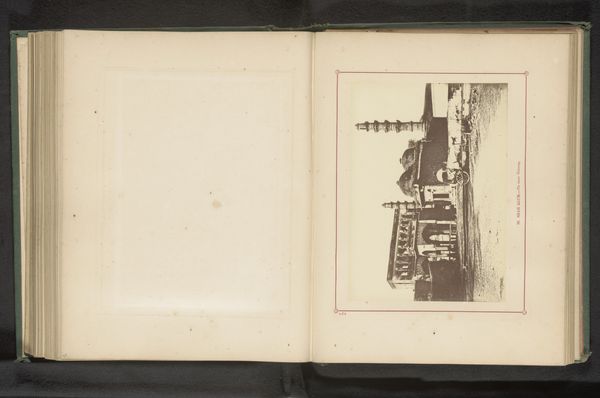
print, photography, albumen-print
# print
#
photography
#
cityscape
#
islamic-art
#
albumen-print
Dimensions: height 136 mm, width 188 mm
Copyright: Rijks Museum: Open Domain
Here we have Thomas Biggs's photographic print titled "View of a colonnade of the Jama Masjid in Ahmedabad." It’s crucial to situate this image within the context of British colonialism. Biggs, as a photographer working in India, was deeply embedded in the colonial project. This photograph, taken in the mid-19th century, served to document and, in a way, possess the Indian landscape and its architectural marvels. The Jama Masjid, a significant religious site, is presented here through a colonial lens. What stories are left untold? Whose perspectives are missing? The photograph captures the grandeur of the mosque but risks reducing it to an object of aesthetic or historical interest, devoid of its living, breathing cultural context. Consider the power dynamics at play. Biggs, as a British photographer, had the authority to frame and represent Indian culture. This act of representation is never neutral; it shapes perceptions and reinforces colonial narratives. Think about what it means to see this space through the eyes of someone who is both an outsider and a figure of authority. How does that lens affect our understanding and emotional response to the scene? The photograph is a reminder of the complex layers of history and power that are embedded in every image.
Comments
No comments
Be the first to comment and join the conversation on the ultimate creative platform.
